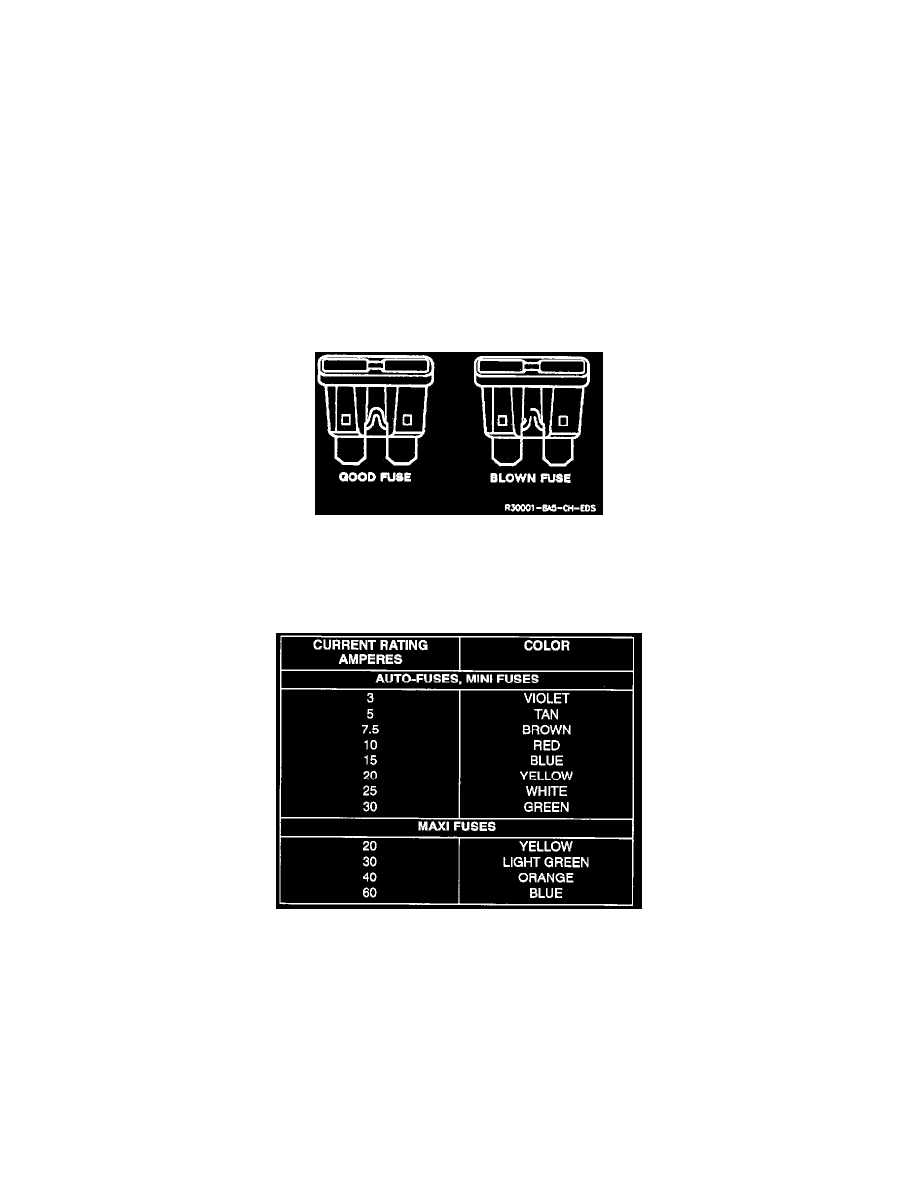S10/T10 P/U 2WD L4-2.2L VIN 4 (1995)

A special use of current measurement is the case of a vehicle whose battery goes dead with no explanation. In this case, refer to the Current Drain Test in
Battery Starting and Charging. See: Starting and Charging
Circuit Breakers
A Circuit Breaker is a protective device designed to open the circuit when a current load is in excess of rated breaker capacity. If there is a short of other
type of overload condition in the circuit, the excessive current will open the circuit between the circuit breaker terminals.
Two types of Circuit Breakers are used. The first is identified simply as a Circuit Breaker. This type will open when excessive current passes through it
for a period of time. It will close again after a few seconds. If the cause of the high current is still present, it will open again. It will continue to cycle
open and closed until the condition causing the high current is removed.
The second type of Circuit Breaker is identified as a Positive Temperature Coefficient (PTC) Circuit Breaker. This type increases its resistance greatly
when excessive current passes through it. The excessive current heats the PTC device. As the device heats, its resistance increases, thus the name,
"Positive Temperature Coefficient." Eventually the resistance gets so high that the circuit is effectively open. Unlike the ordinary Circuit Breaker, the
PTC unit will not reset until the circuit is opened, removing voltage from its terminals. Once voltage is removed, the Circuit Breaker will re-close within
a second or two.
Fuses
Sample Fuses
The most common method of automotive wiring circuit protection is the fuse. Whenever there is an excessive amount of current flowing through a circuit
the fusible element will melt and create an open or incomplete circuit. Fuses are a "one time" protection device and must be replaced each time the
circuit is overloaded.
Fuse Rating And Color
Auto-fuses, Mini Fuses and Maxi Fuses are color coded. The standardized color identification and ratings are shown in the table.
For service replacement, non-color coded fuses of the same respective current rating can be used. The current rating of each fuse is molded into its head.
